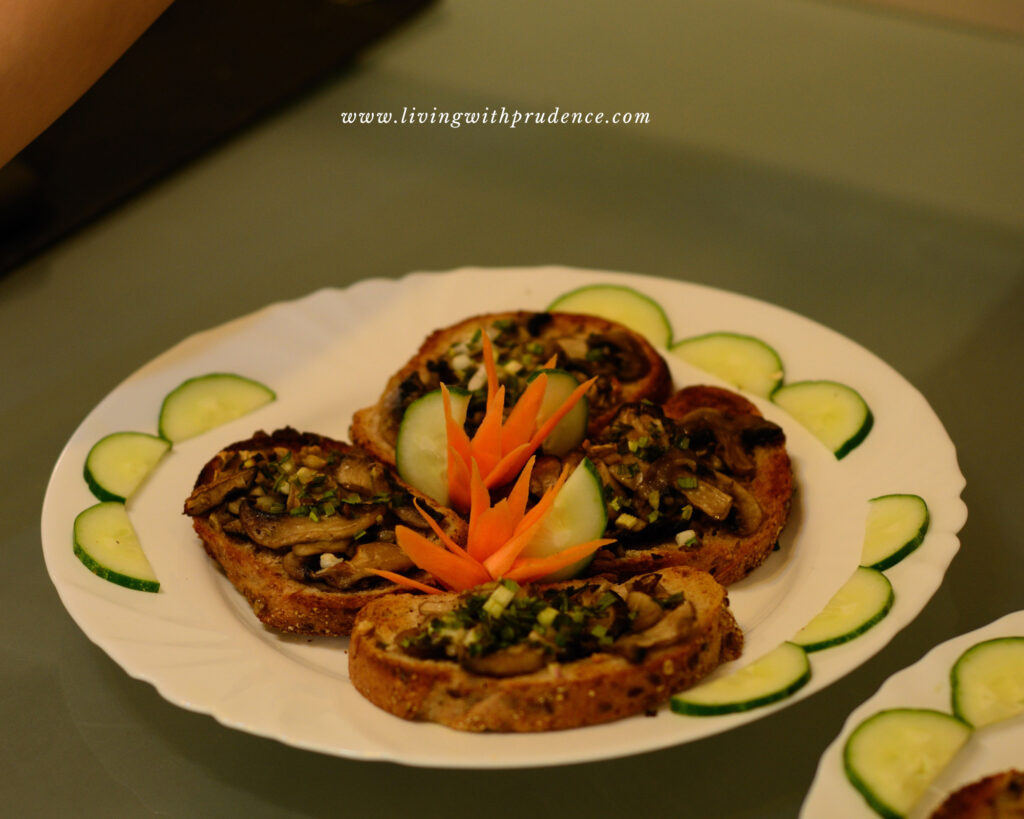Do you know about the butterfly effect, where a housefly flapping wings can cause a breeze worldwide? Similarly, if every US citizen switches choices of 2 sandwich slices daily, the country can meet the yearly target of the Paris Climate Accord for greenhouse gas (GHGs) emissions. Inspired by this idea, proposed by Dr. Jay from UCLA, I’ve initiated a series of 100 eco-friendly recipes. With 3 goals of being simple, quick, and accurate, I hope this series can give brief guidance about lowering our carbon footprints effectively with little or no effort.
First, let’s look at the life cycle assessment of our foods. What factored in the carbon footprint in our daily choices?
- The Ingredients: plant foods generally have lower carbon footprints
- Processing: processed foods are usually more than 10 times higher in carbon footprints compared to their non-processed alternatives
- Packaging: non-plastic packaging for non-processed food is a good choice. But the best choice is fresh foods that don’t need packaging
- Transportation: Local farmer markets always provide fresher foods with fewer emissions and lower costs associated with the logistics of delivering them to your table.
- Storage: Prioritize fresh produce from local farms, where cooling systems are barely involved in the life cycle assessment
So the rule of thumb for an eco-friendly breakfast is Going Plant-based, Going Fresh, and Going Local. That is easy, huh?
Recipe #1: Mushroom Bruschetta:

Ingredients:
- 4 slices of fresh bread from local markets or a nearby supermarket
- 2 mushrooms from a local farmhouse
- 1/2 tbsp of salted butter from a supermart
- 2 – 3 Garlic cloves from local markets or a nearby supermarket (optional)
- 1 green onion fresh cut from garden (optional)
- 1 thyme freshly cut from garden (optional)
Instruction:
- Cook the mushrooms: Start by melting the butter in a skillet over medium heat, add garlic then mushrooms, and sauté for 5 minutes. Optionally, add in green onion or thyme
- Toast the breads: put 2 slices of bread in the oven and toast for 2 minutes
- Assemble the toast: spoon the mushroom mixtures on the toasted bread.
Carbon footprints:
| Food | Weighted Carbon Footprint (per gram) g CO2-eq/g | Carbon footprint contribution (g CO2-eq) |
| Slice of bread | 0.42 | 42 |
| Mushrooms | 0.73 | 5 |
| salted butter (16g = 1tbsp) | 11.92 | 95 |
| Total | 142 (g CO2-eq) |
Now let’s try to switch the mushrooms for a carbon-intensive ingredient. If we replace mushrooms with 2 slices of roast beef (equivalent to about 1500 g CO2-eq), add in some tomato (6 g CO2-eq), lettuce ( 18 g CO2-eq), and cheese ( 554 g CO2-eq), our sandwiches will be around 2120 g CO2-eq in carbon footprints. This is 15 times higher than the ingredients of a mushroom bruschetta breakfast.
Just like a flap of a butterfly’s wings in Brazil can cause a tornado in Texas, our small choice can make a big difference. With this series of 100 eco-friendly recipes, I wish to provide you with a simple formula for low-carbon footprint meals. These recipes are prudently calculated in the background to ensure they are science-based and accurate. Now, it’s time to leave the calculation aside and enjoy your bruschetta!





1 Comment